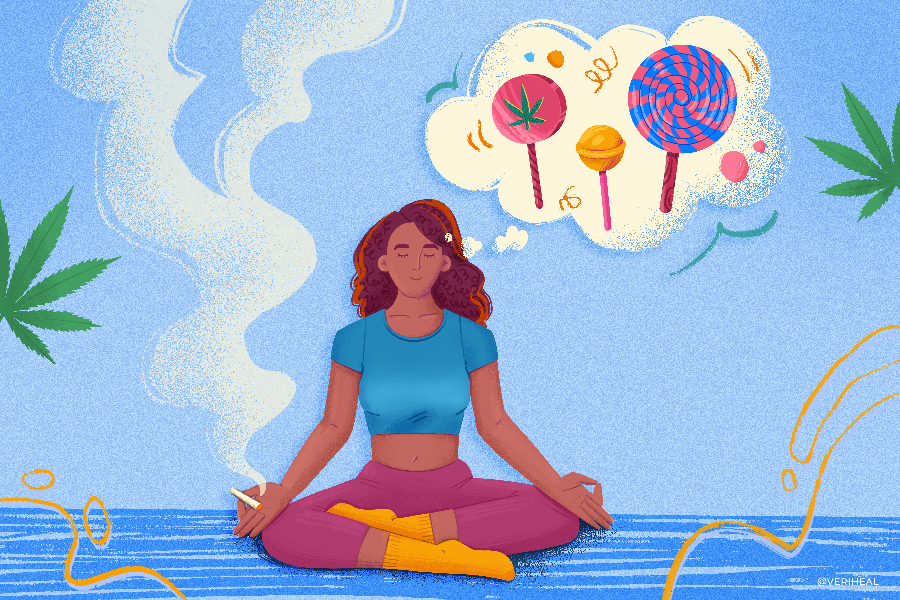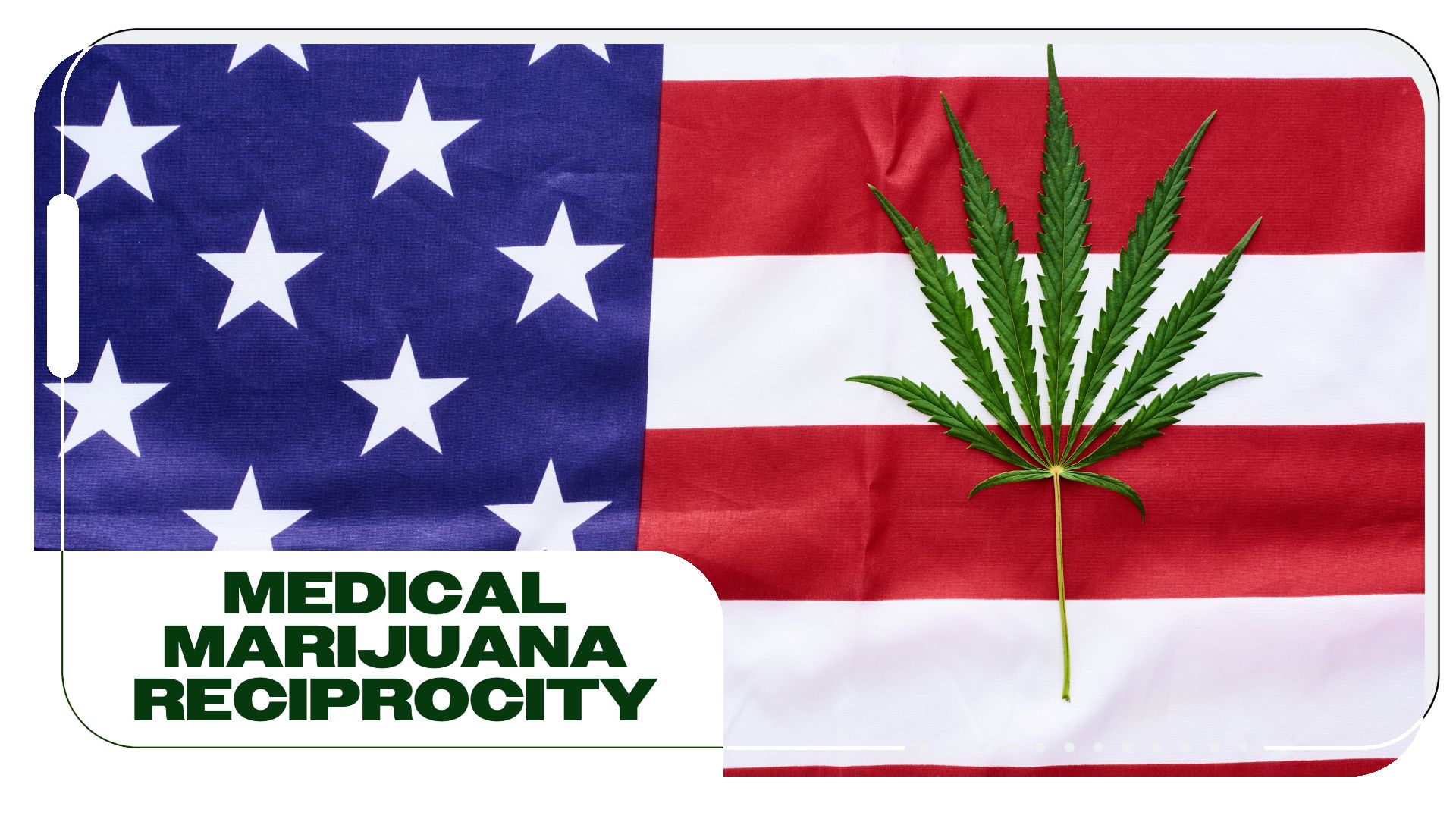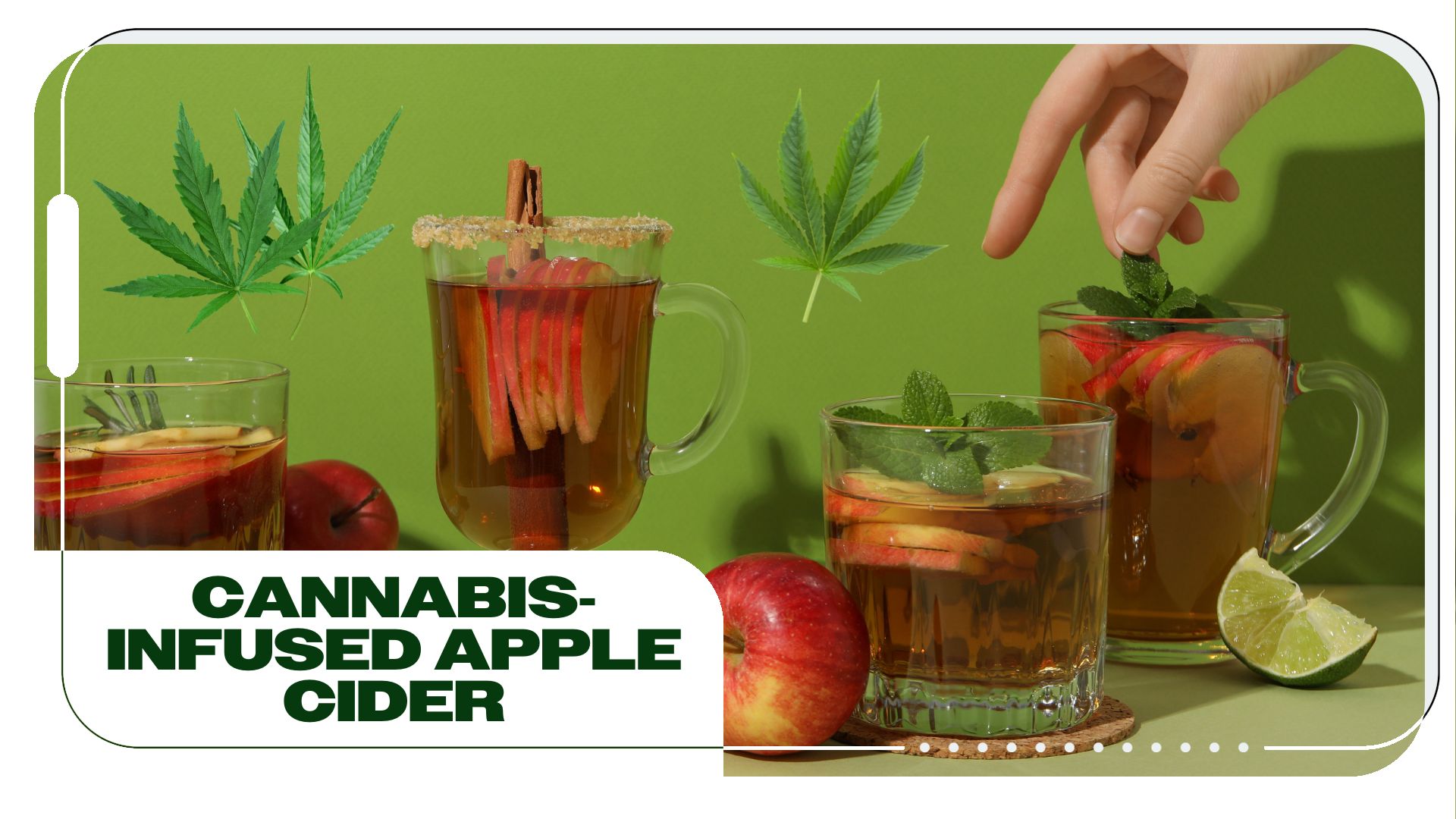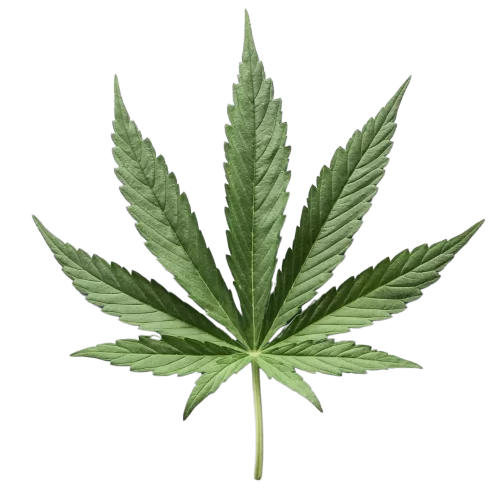Cannabis-infused lollipops are one of the most effective ways to get a dose of medicinal cannabis. They also require only a handful of ingredients and tools, making this recipe easy compared to other edible recipes like pot brownies. These versatile treats can be made with tincture or cannabutter and flavored just to your liking. Moreover, lollipops are an ideal form for an edible, as they are discreet, durable, and lack any of the usual telltale signs that other edibles might give off.
- Before Making Cannabis-Infused Lollipops
- How Much Cannabis Do I Need?
- Supplies Needed to Make Cannabis-Infused Lollipops
- Tools
- Ingredients
- Calibrating Your Candy Thermometer
- Steps to Make Cannabis-Infused Lollipops
- Can I Make My Lollipops With Cannabutter?
- How Many Lollipops Should I Consume?
- Final Takeaway
Before Making Cannabis-Infused Lollipops
Learning how to make cannabis-infused lollipops is relatively simple. However, you must be familiar with two other processes before starting: decarboxylation and tincture-making.
Seasoned edible makers likely know the first process of decarbing or activating cannabinoids like THC and CBD in their cannabis flower. No matter the infusion base (butter, oil, or alcohol), decarboxylating is an essential step in the edible-making process, and doing so ahead of time will greatly reduce your edible prep time. To activate the flower’s THC, bake roughly chopped cannabis on a covered baking sheet in a 240℉ oven for about 45 minutes.
Take a peek at this article for an in-depth explanation of decarboxylation: Weed Decarboxylation: How to Decarb Cannabis
The second process you’ll need to know before making cannabis candy is how to make an alcohol-based cannabis tincture. Tinctures are typically made by combining high-proof alcohol with medicinal herbs (in this case, decarboxylated cannabis) and allowing them to steep for days to weeks (chef’s choice) before straining and using the resulting liquid in various ways. It is an effective infusion if you like to make drinks, gummies, or anything else that’s water-based rather than fat-based.
Need a refresher on making tinctures? Here’s a step-by-step guide: A Quick Start Guide to Making Cannabis Tinctures
Finally, it is essential to remember that the effects of edibles take longer to feel and can last considerably longer than smoking or vaping cannabis. Lollipops bridge the gap between the two thanks to some sublingual absorption through the delicate skin of the mouth (like a tincture). For some, consuming this kind of edible candy means the effects set in a bit faster and more heightened than edibles that are absorbed primarily through the digestive system.
How Much Cannabis Do I Need?
You only need a gram of cannabis for one batch of cannabis lollipops, depending on the desired dose. Choosing the right kind of cannabis for your needs is more important. Are you in search of anxiety relief or increased energy? Do you want something calming (CBD-heavy) or euphoric (THC-heavy)?
For best results, especially if you’re new to edibles, you should choose a strain that you are already familiar with through other consumption methods. It’s also always better to start with smaller quantities of cannabis until you find the right amount for your needs—you can always eat a second lollipop.
Beginner edible consumers should aim for 5 milligrams of THC per lollipop, intermediate consumers 6-10 milligrams, and heavy users can make them with 15-100 milligrams or more. On average, a medicinal gram of cannabis flower has 16-20%, which translates to 160-200 milligrams of THC.
Why You Should Get Your Medical Marijuana Card
Veriheal has satisfied millions of patients nationwide by giving them access to these benefits
- Larger purchase limits
- Peace of mind
- Enhanced legal protection
- Access to higher potency strains
- Save up to 25% on cannabis purchases
- Skip the line at the dispensary
Supplies Needed to Make Cannabis-Infused Lollipops
Cannabis lollipops come together with only a few ingredients, most of which you probably already have in your pantry. The most important item you need is a candy thermometer. Candy-making is primarily a watch-and-wait game: You’re watching and waiting for the right temperature to create the perfect candy that snaps and cracks.
Note that the cannabinoids present in your cannabis tincture will determine the effects of your lollipops. If you want traditional edibles that deliver a high—aka THC lollipops—use a tincture high in THC. If you would prefer CBD lollipops, however, use a CBD oil or tincture. CBD edibles, while non-intoxicating, are a great way to relax, ease anxiety, or get ready for bed.
- Measuring spoon
- Measuring cups
- Rubber spatula
- Lollipop sticks
- Lollipop candy molds
- Candy thermometer
- Saucepan
- Stove
- Pastry brush
- A cold sheet pan lined with parchment paper
Ingredients
- 1-3 tablespoons cannabis tincture
- 1 cup sugar
- 1/2 cup organic light corn syrup
- 1/4 cup filtered water
- 1 tablespoon of your favorite extract (i.e., citrus, watermelon, grape) or ¼ teaspoon of your favorite flavoring oil
- Food coloring
Calibrating Your Candy Thermometer
At sea level, water boils at 212℉. At 6,000 feet above sea level, water boils at 201.1℉. You’re probably thinking, “That’s great, but what does that have to do with my lollipops?” A lot. To make hard candy lollipops, the ingredients must reach certain heat stages to break down and come back together into candy that snaps.
If you don’t live at sea level, you’ll want to calibrate your candy thermometer to ensure you don’t overcook the lollipops. Do this by simply bringing a pot of water to a rolling boil and taking the temperature with your thermometer. Subtract that number from 212, and you’ll get the number of degrees you need to subtract from the ones listed in the recipe.
Steps to Make Cannabis-Infused Lollipops
Before beginning the recipe, ensure you have all your ingredients and tools ready to go. Once the candy is ready, you must move quickly to pour it into the molds.
This recipe will make about 8-12 lollipops, depending on the size of your lollipop molds.
- Place the molds on a cold sheet tray (ideally chilled overnight in the freezer), and add the sticks to the molds before you begin.
- Optional: Lightly wipe vegetable oil on the inside of the molds to make removal easier. Make sure to wipe out any excess oil with a clean paper towel, leaving the thinnest layer.
- Add sugar, water, and light corn syrup to the saucepan and bring to a boil, constantly stirring until the sugar has dissolved. If sugar crystals begin to form around the pan, gently brush it down with a pastry brush soaked in water.
- Monitor the temperature until it reaches 300℉, then turn off the burner heat. Add the flavoring, food coloring, and cannabis tincture. It may sputter and seize, but just continue stirring until incorporated.
- Allow the mixture to thicken and cool a little bit (it will be easier to work with), then pour into the already set molds. It will cool quickly once off the burner, so move fast.
- Allow the candies to cool for at least 30 minutes before removing them from the molds—ideally an hour or more.
- To prevent sticking, wrap each lollipop individually and store them in an airtight container in a cool, dark place for up to 6 months.
Can I Make My Lollipops With Cannabutter?
You can make lollipops with cannabutter. They will be more caramel-flavored than the recipe described above, but that sounds just as delightful. To make cannabutter lollipops, replace the tincture with 4 tablespoons of cannabutter cut into cubes. Instead of adding butter at the end, you’ll add the cubes one at a time when the mixture starts boiling. Then follow the rest of the instructions (omitting the tincture, of course).
How Many Lollipops Should I Consume?
The number of lollipops you can consume depends on a number of factors—the first being your tolerance level. If it’s your first time taking edibles, always start with one or even half a lollipop. Second, how much THC do your lollipops have? Typically, you’ll want to aim to make lollipops that have your ideal dose of THC so that you only need one or two at a time.
To estimate the potency of your cannabis lollipops, you will need to know the strength of your tincture and then divide that by the number of lollipops. Here’s an example: If each tablespoon of tincture has 150 milligrams of THC and you used 2 tablespoons for the recipe, that equals 300 milligrams total. Divide 300 by the number of lollipops, say 20, and you’ll get 15 milligrams per pop.
Final Takeaway
If you’re looking for easy-to-make, discreet, and effective edibles that satisfy your sweet tooth, cannabis-infused lollipops are the answer. The ease, speed, and customizability with which this recipe comes together has made it a staple in my cannabis kitchen, and I’ll bet it will be in yours too. To learn more about incorporating edibles or medical cannabis into your lifestyle or healthcare routine, speak to an MMJ doctor or cannabis coach today.
Author, Share & Comments








